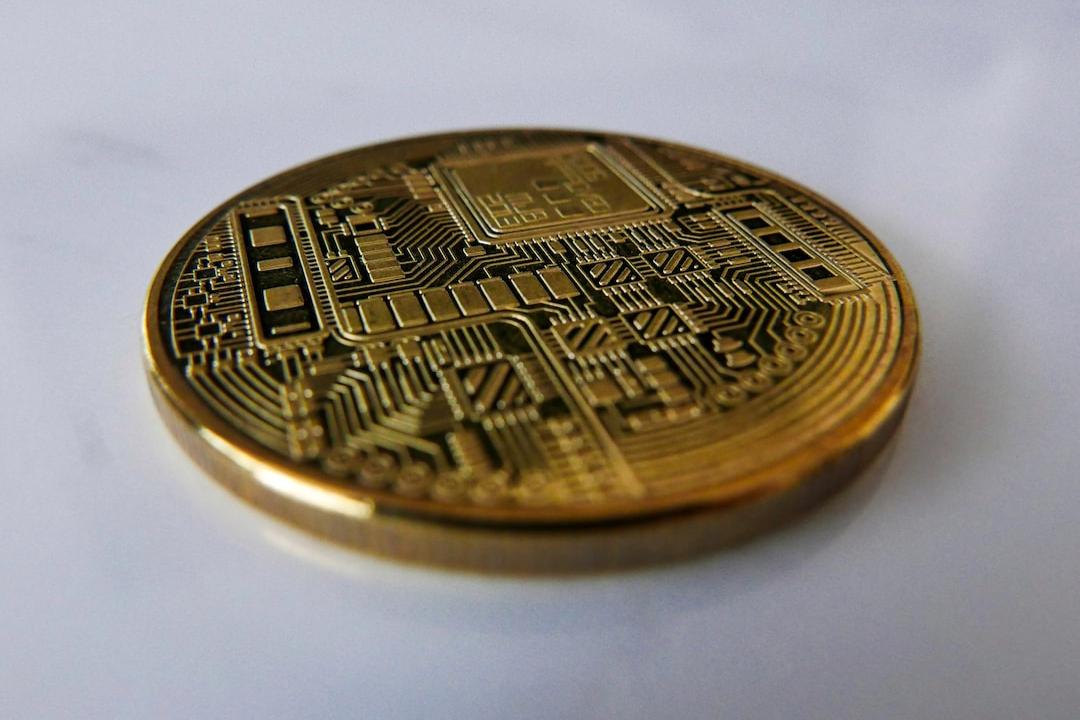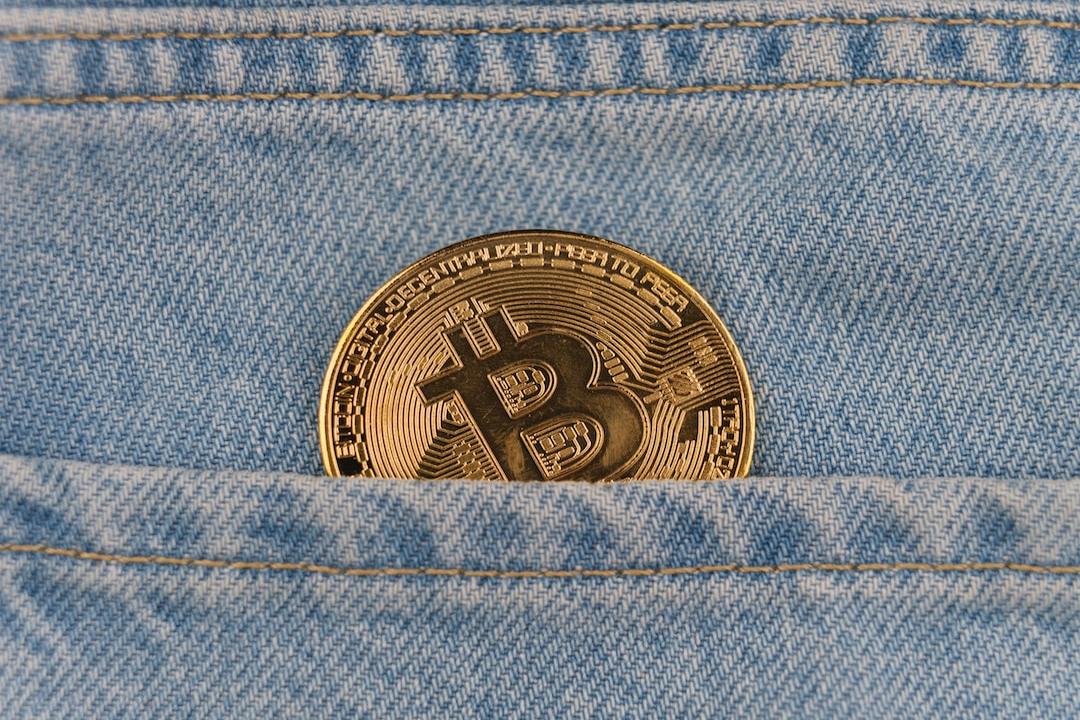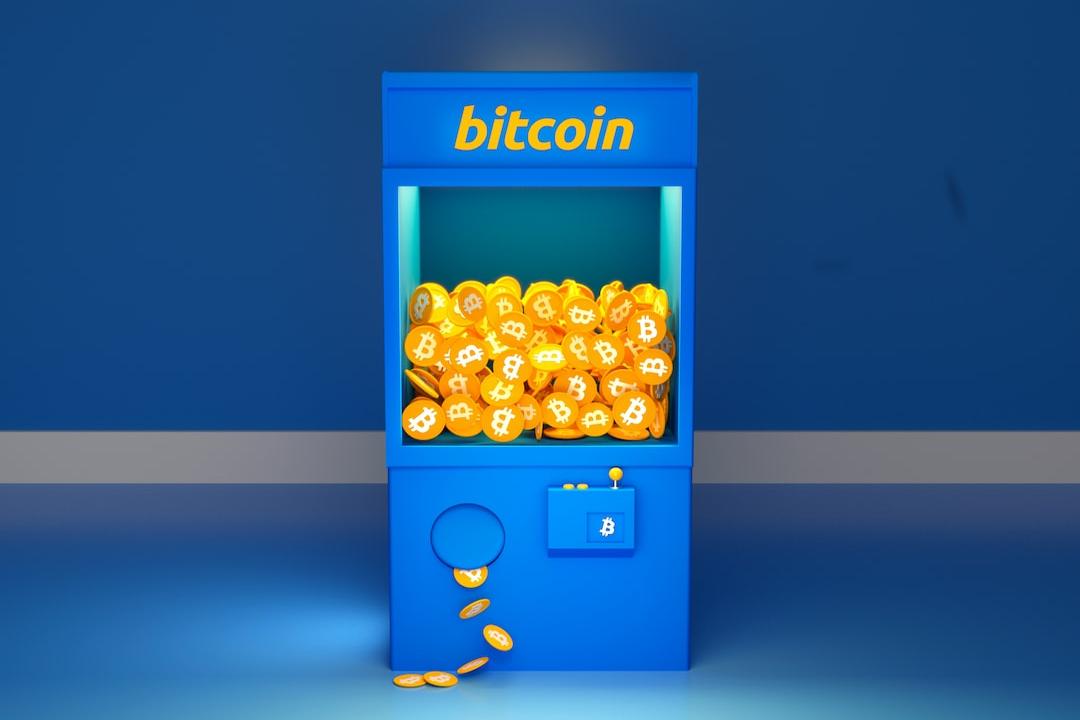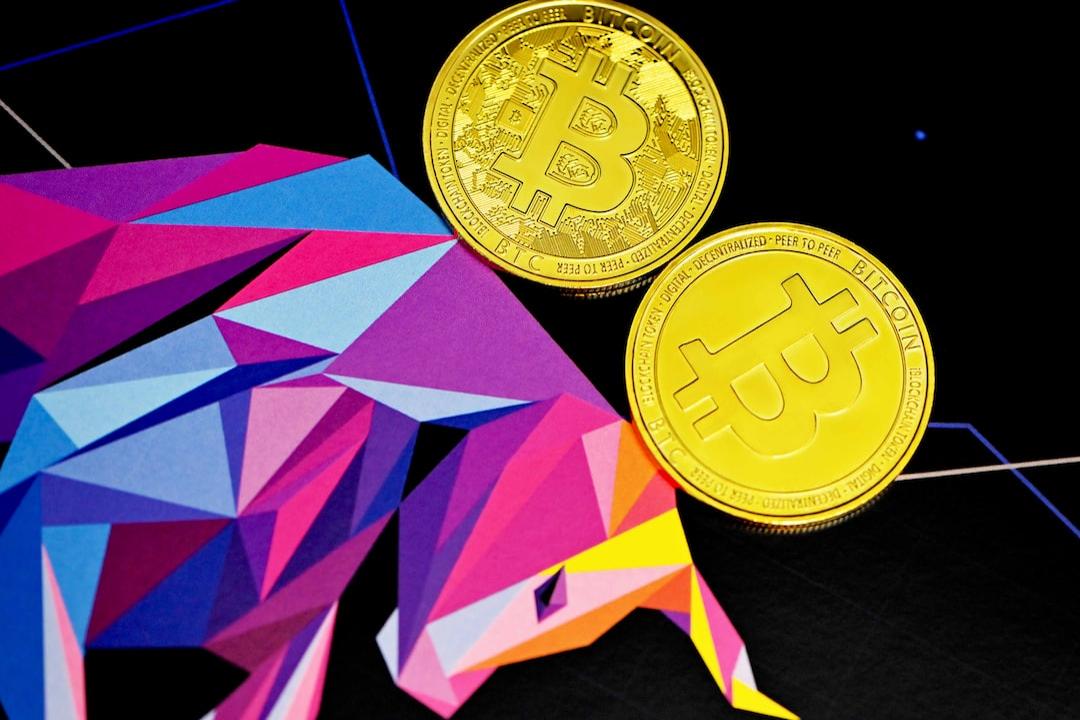Sonic ecosystem’s total value locked (TVL) continues to rise, recently surpassing $800 million with a 21.08% increase in the past week, demonstrating the ecosystem’s growth potential. Among them, Rome, with its innovative dual-staking model and proof of burn mechanism, aims to establish a more sustainable tokenomics system in the DeFi space, becoming one of the notable protocols in the Sonic ecosystem.

Rome Introduction
Rome breaks away from the traditional DeFi model that solely relies on treasury support. Through its dual-staking mechanism and proof of burn, it offers long-term sustainability for token circulation and protocol reward mechanisms. The core idea of the protocol is “Treasury as a Reward,” meaning it uses treasury earnings to reward users rather than relying solely on token issuance to maintain incentives.
Dual-Staking Mechanism
Rome adopts a dual-staking mechanism, allowing users to choose:
- Traditional Staking: Earn rewards through single token or LP staking.
- Burn Staking: By burning $ROME, reducing market circulation, and showing long-term commitment to the protocol. In return, participants unlock the power to mint new coins and earn $ROME rewards, actual returns ($wS), and governance rights.
Traditional Staking:
- Single Token Staking: Stake $ROME and earn rewards based on quantity and staking duration. The first 7 days enjoy 4,500 $ROME rewards.
- APY Before Submission: 3.77%.
- LP Staking: Stake $ROME-$wS LP and share 10,500 $ROME rewards within the first 7 days, aiming to increase liquidity.
- APY Before Submission: 11.2%.
Burn Staking:
- Single Token Staking: By burning $ROME, participants receive $bROME, which is then staked. Participants earn $ROME (distributed at 9PM UTC daily) and 30% $wS earnings (distributed twice a week).
- APY Before Submission: 7.63%.
- LP Staking: After burning $ROME and unlocking minting ability, participants use $wS to mint new $ROME at a discount and receive LP creation rights. By participating in $ROME-$wS LP staking, they enjoy $ROME, 70% $wS earnings, and 3.5% new coin minting rights per cycle. The goal is to enhance liquidity and increase token value.
- APY Before Submission: 32.91%.
It is important to note that after burning $ROME, not all participants can immediately mint new coins. Each minting cycle has a fixed $wS minting limit to prevent excessive inflation.

Rome’s Source of Earnings
Rome does not rely solely on issuing new coins for its operation. Instead, it generates revenue by managing treasury funds. The main sources of treasury income include:
- Minting $ROME using $wS
- Liquidity pool trading fees
Rome deploys treasury funds into liquidity pools and yield farms within the Sonic ecosystem to generate real returns (denominated in $wS). These earnings are partially distributed back to participants and support the value of $ROME. The revenue distribution mechanism is as follows:
- 25% returned to the protocol to support long-term operation.
- 75% distributed to burn-staking users.
Overall, Rome’s dual-staking mechanism and revenue sources are illustrated in the following diagram:

Tokenomics
The native token of Rome is $ROME, with an initial circulation of 100,000 tokens. The token distribution is as follows:
- Liquidity Pools: 50%
- Staking Rewards: 30%
- Marketing and Advisors: 10%
- Team: 5%, released linearly over 6 months
- Ecosystem Fund: 5%
Rome’s token distribution strategy allocates 80% of the supply to liquidity and community incentives (50% LP + 30% staking), ensuring ample market liquidity and encouraging long-term holders to participate in ecosystem growth.

Currently, Rome’s total staking volume stands at 30,700 tokens, with a total burn of 10,500 tokens. The inflation rate is 0.92, and the continuous growth of total burns serves as an indicator of the market’s long-term confidence in Rome.

Conclusion: Is Rome Worth Participating?
Rome uses a dual-staking model combined with burning, minting, liquidity provision, and treasury earnings-sharing mechanisms to create a more sustainable DeFi ecosystem. Unlike traditional “coin issuance staking mining,” Rome does not rely on token rewards alone to attract participants but utilizes treasury assets to participate in DeFi and generate real earnings. Through the burn and minting mechanism, it adjusts the supply of $ROME and improves market liquidity through LP creation rights, ensuring token value stability.
As liquidity mining in the Sonic ecosystem still offers high yields, and Rome has fewer participating users, burn staking rewards are quite rich. However, the long-term viability of this mechanism still depends on the treasury’s ability to appreciate. If:
- Treasury earnings are insufficient (which is deeply tied to the Sonic ecosystem), the incentives from the burn mechanism will decline;
- The rhythm of burning and minting cannot be effectively controlled;
Then, Rome may still face liquidity loss and token value decline risks. In the future, it is worth watching whether the protocol will launch new products to increase revenue sources. Additionally, the protocol is still in its early stages, with smart contract security, governance mechanisms, and market adaptability yet to be verified. Participants must fully understand DeFi risks and carefully assess their own risk tolerance.


